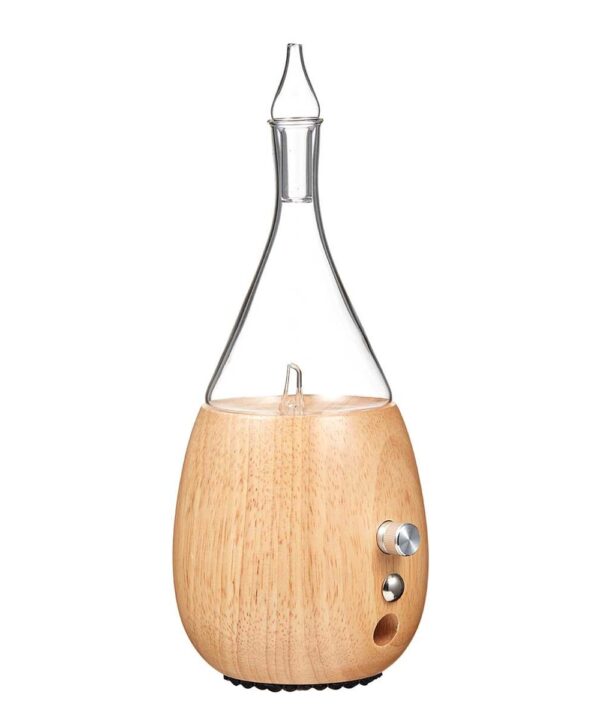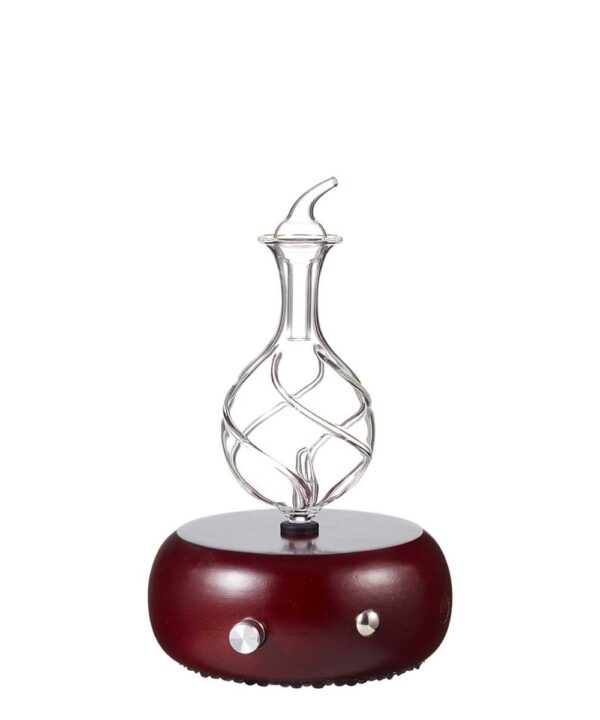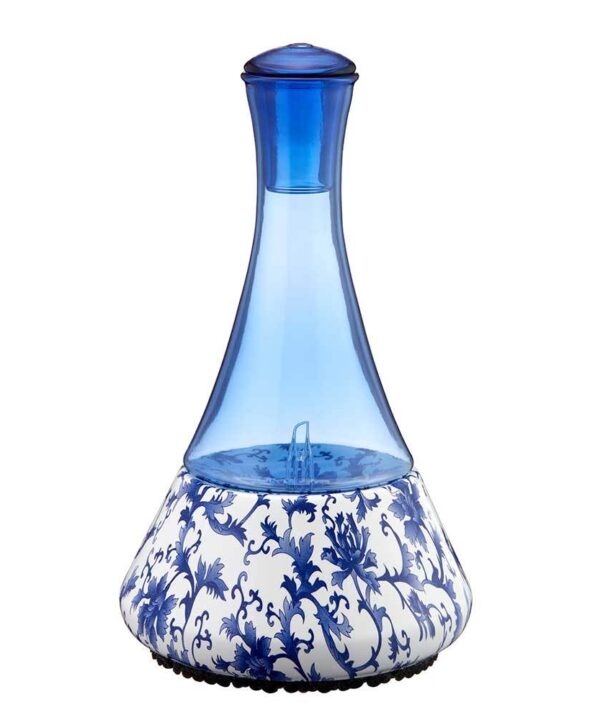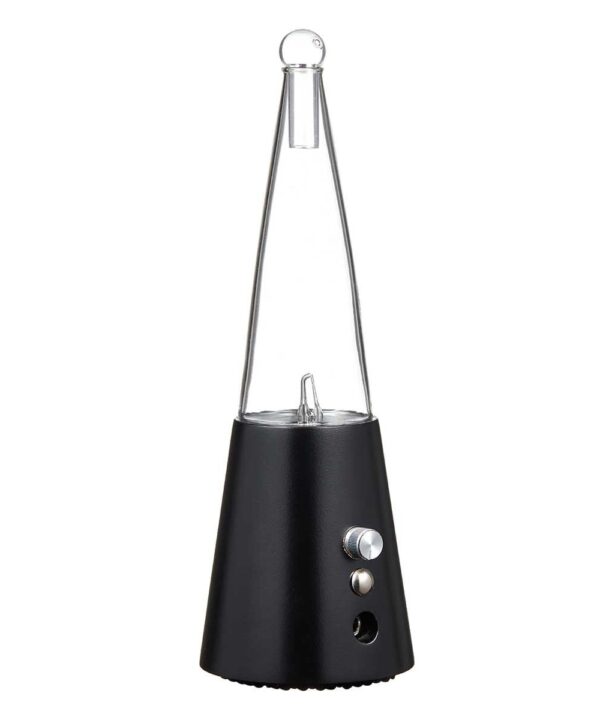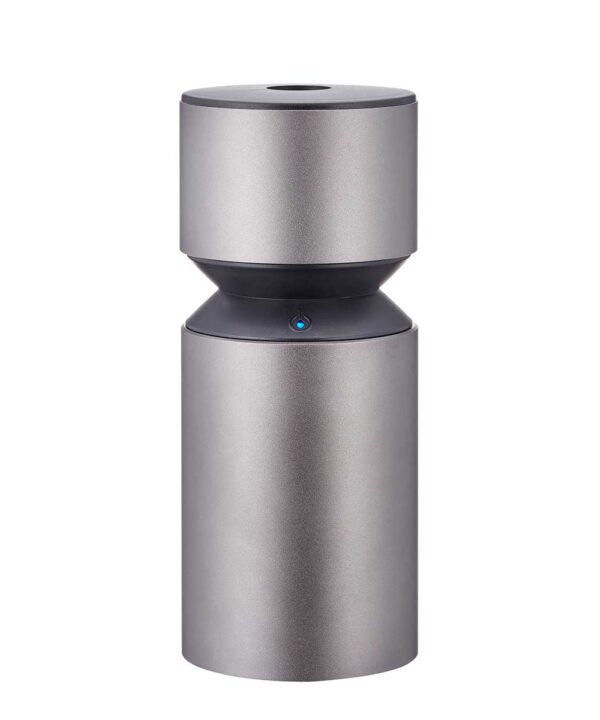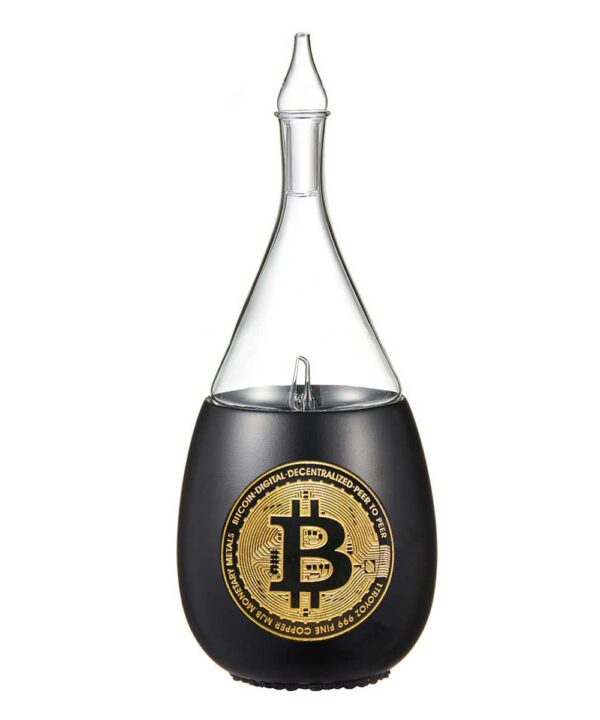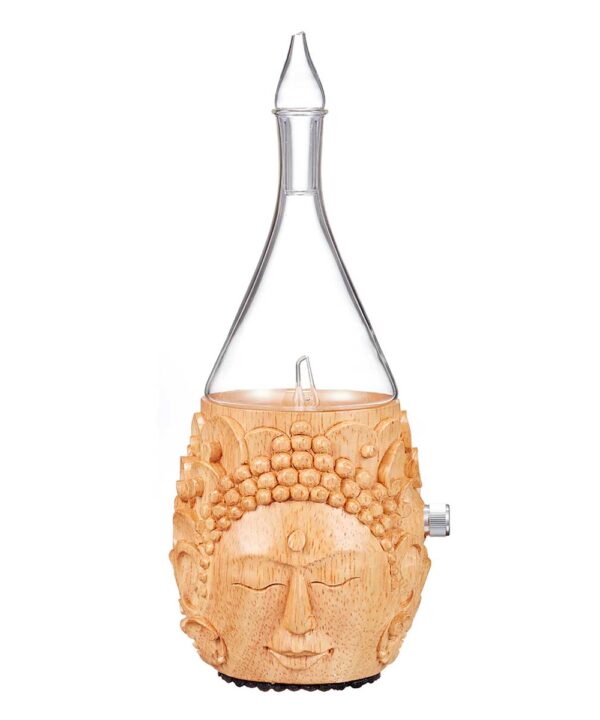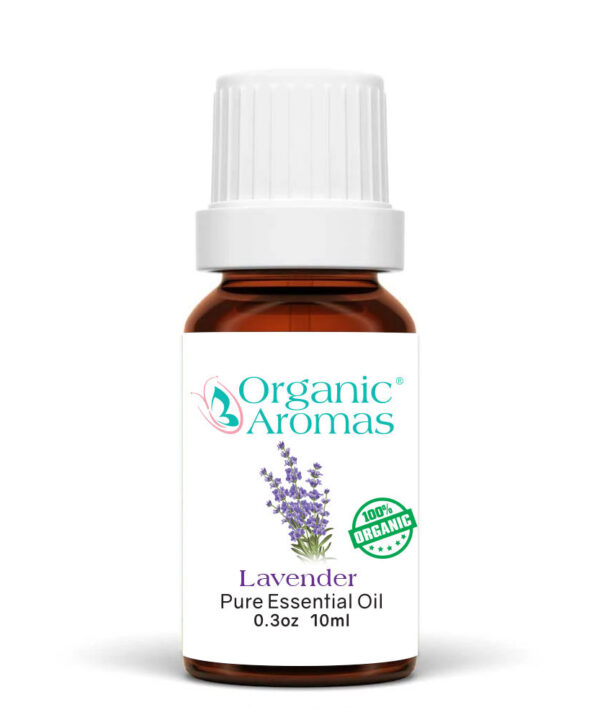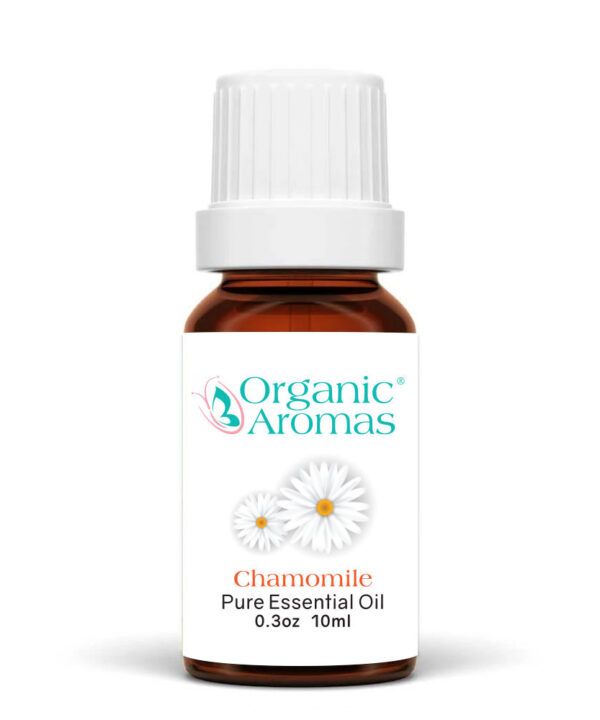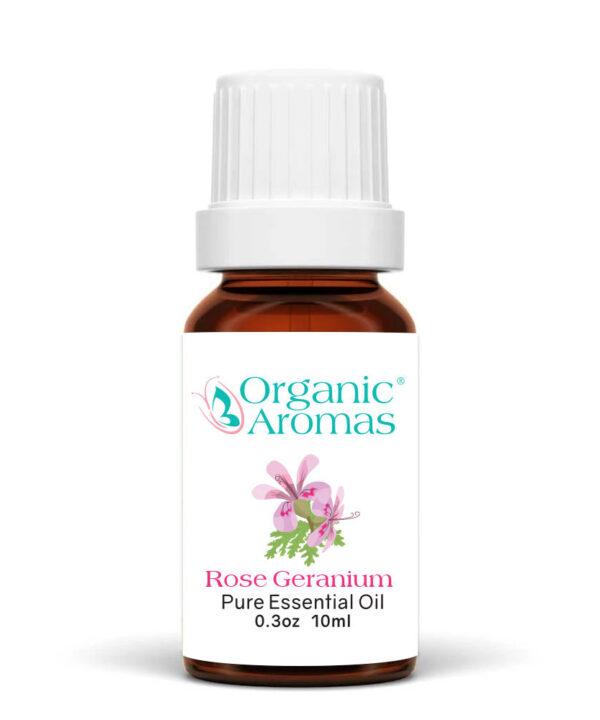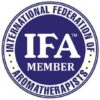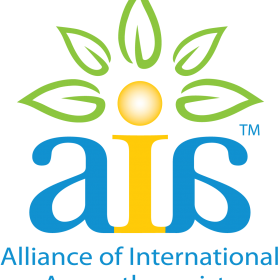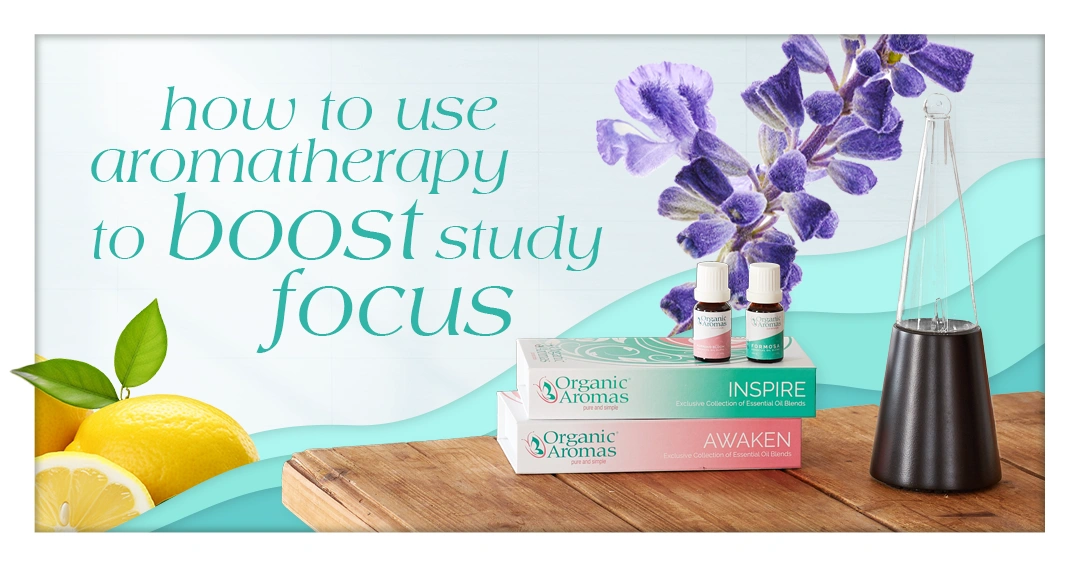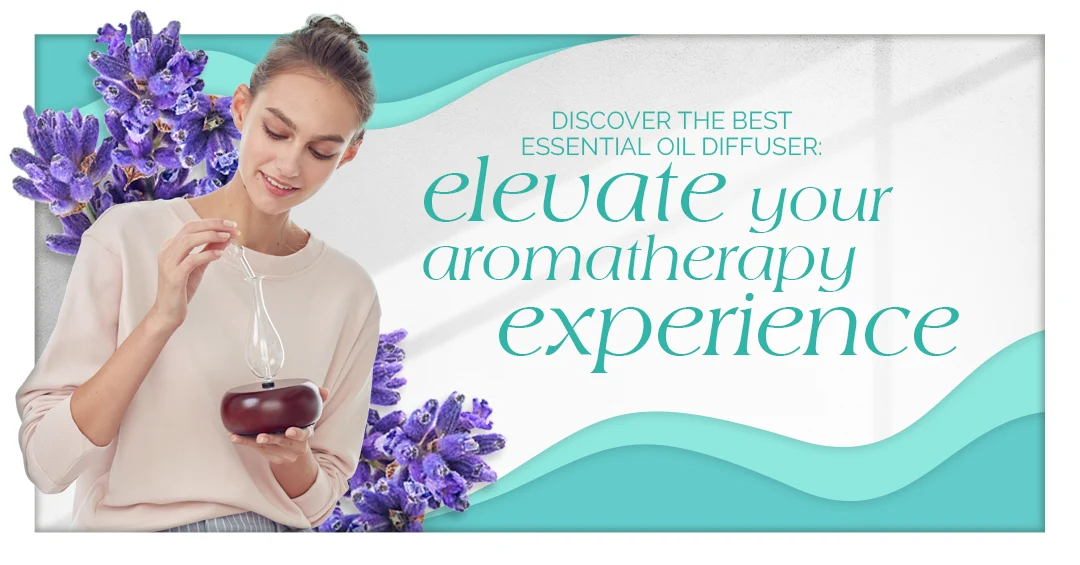THE NEBULIZING DIFFUSER FOR ESSENTIAL OIL AROMATHERAPY
100% PURE ESSENTIAL OILS
CORPORATE MEMBERSHIPS
BLOG ARTICLES ON AROMATHERAPY AND ESSENTIAL OILS
Is Your Lifestyle Causing Chronic Illness? Find A Path To Wellness
Top Aromatherapy Oils to Improve Study Focus
Discover the Best Essential Oil Diffuser: Elevate Your Aromatherapy Experience
Sign Up to Our Newsletter
Receive an email with discounts, new product releases and exciting articles about aromatherapy and essential oils.
Join our aromatherapy community and explore the full spectrum of essential oil diffusers, from aromatherapy to nebulizing diffusers for oils, and nebulizing diffusers vs. ultrasonic diffusers.
Immerse yourself in the vibrant aromas and flavors of nature, like the invigorating scent and taste of orange zest, luscious lavender, and the refreshing and cooling invigorating fragrance of peppermint.
Discover tips, knowledge, and support to enhance your well-being and delight your senses. Every scent, flavor, and experience awaits in our welcoming community!!!
Frequently Asked Questions (FAQs)
Can I purchase a replacement glass reservoir?
You can find a replacement glass for your nebulizing diffuser here: https://organicaromas.com/products/replacement-set/
How to clean the glass reservoir?
The best way to clean the glass reservoir is to use isopropyl alcohol. Use the plastic cleaning pipette to flush the micro-tubes vigorously to clear them of any oil residue. Watch this video to see how – https://youtu.be/rqRfJoD3IHA
My diffuser has stopped working. What should I do?
If your diffuser has stopped working please use the pump test tool included in the packaging to test the base. If the white ball rises to the top then you know the base is working and you should give your glass reservoir a thorough cleaning with isopropyl alcohol. If it is still not working email info@organicaromas.com for assistance.




